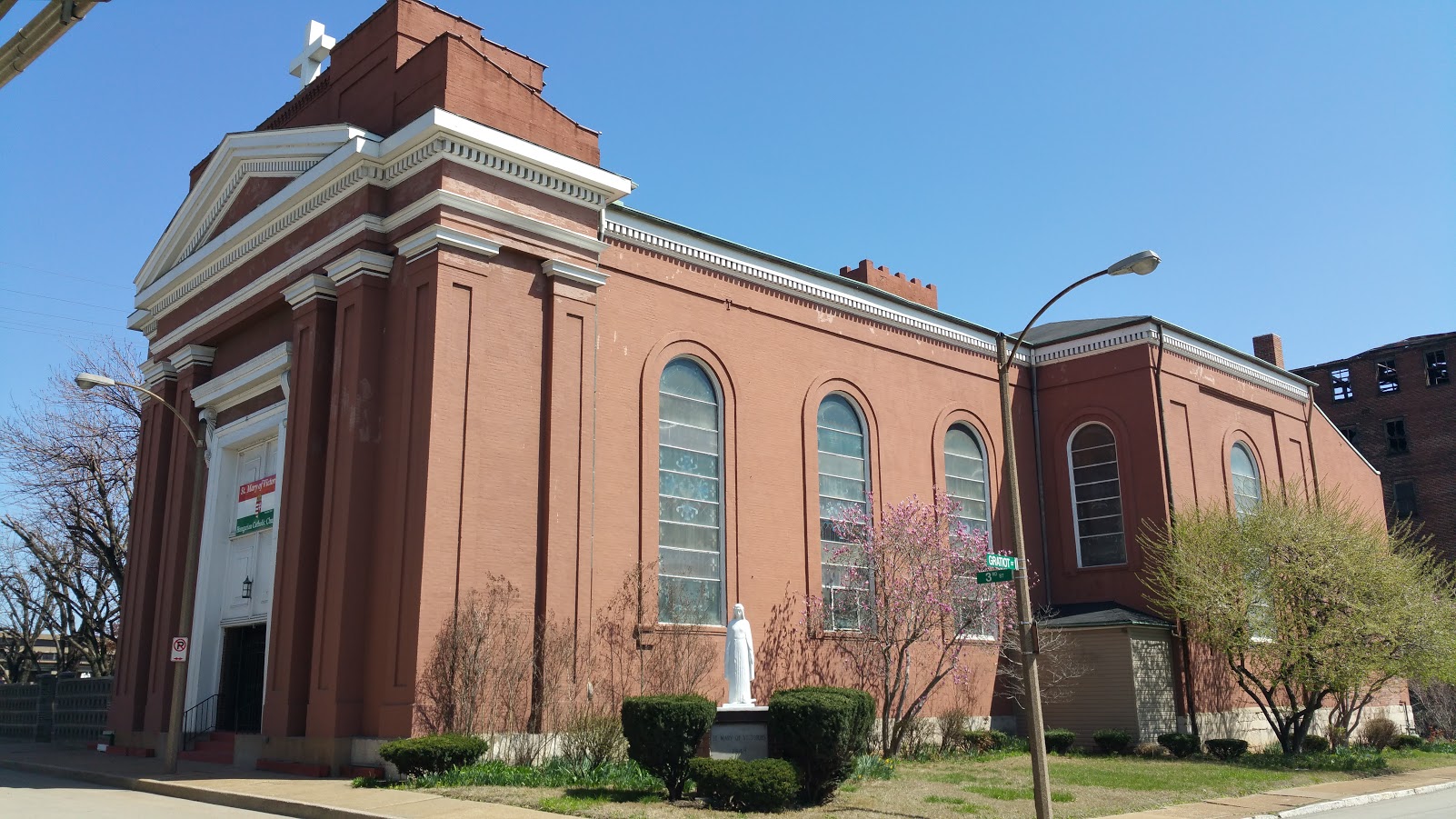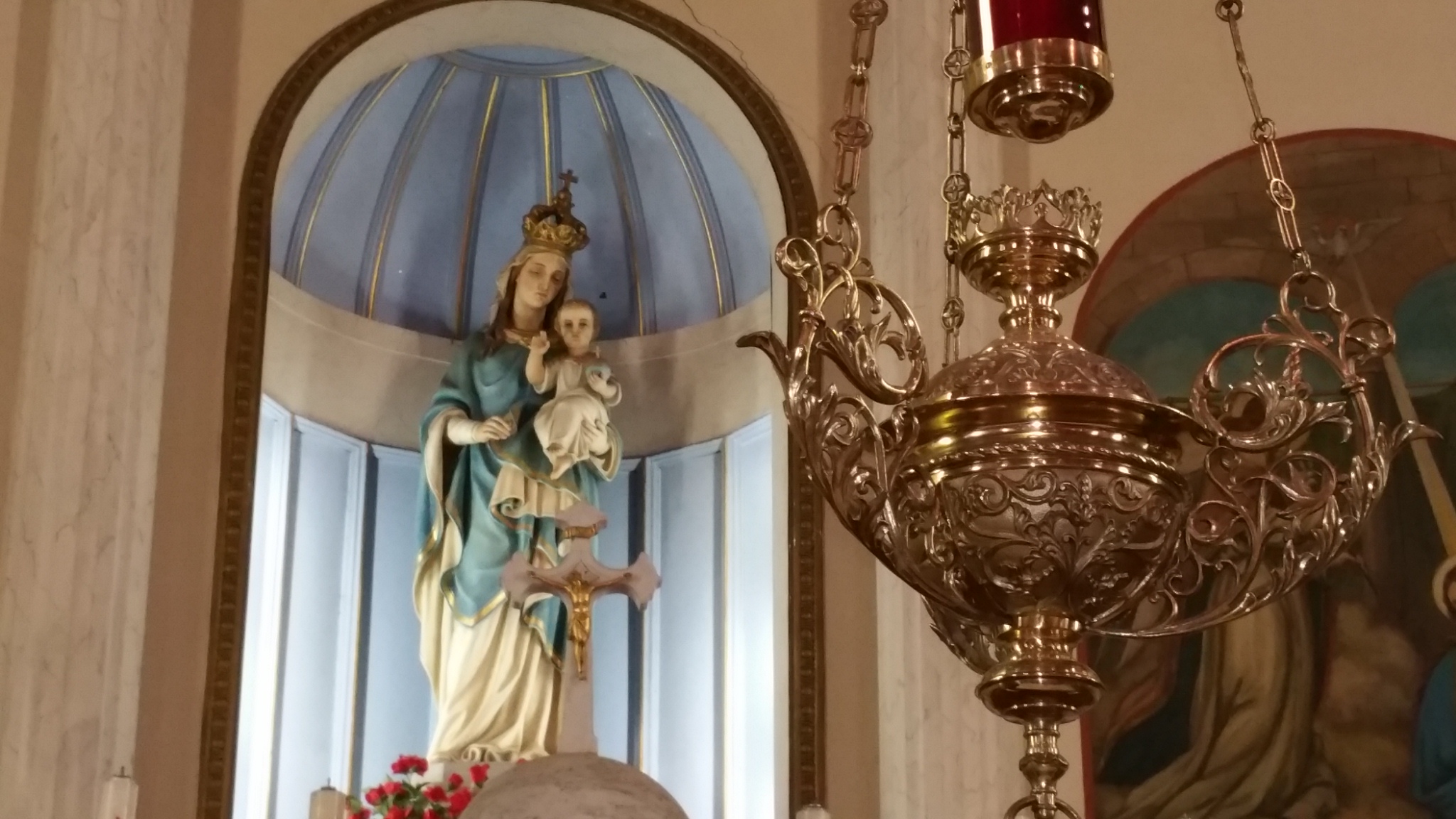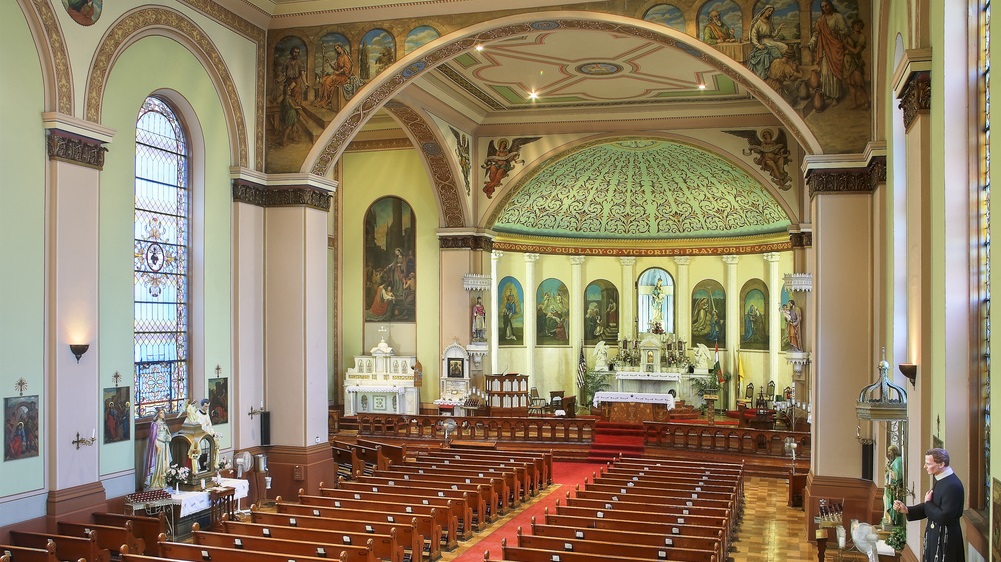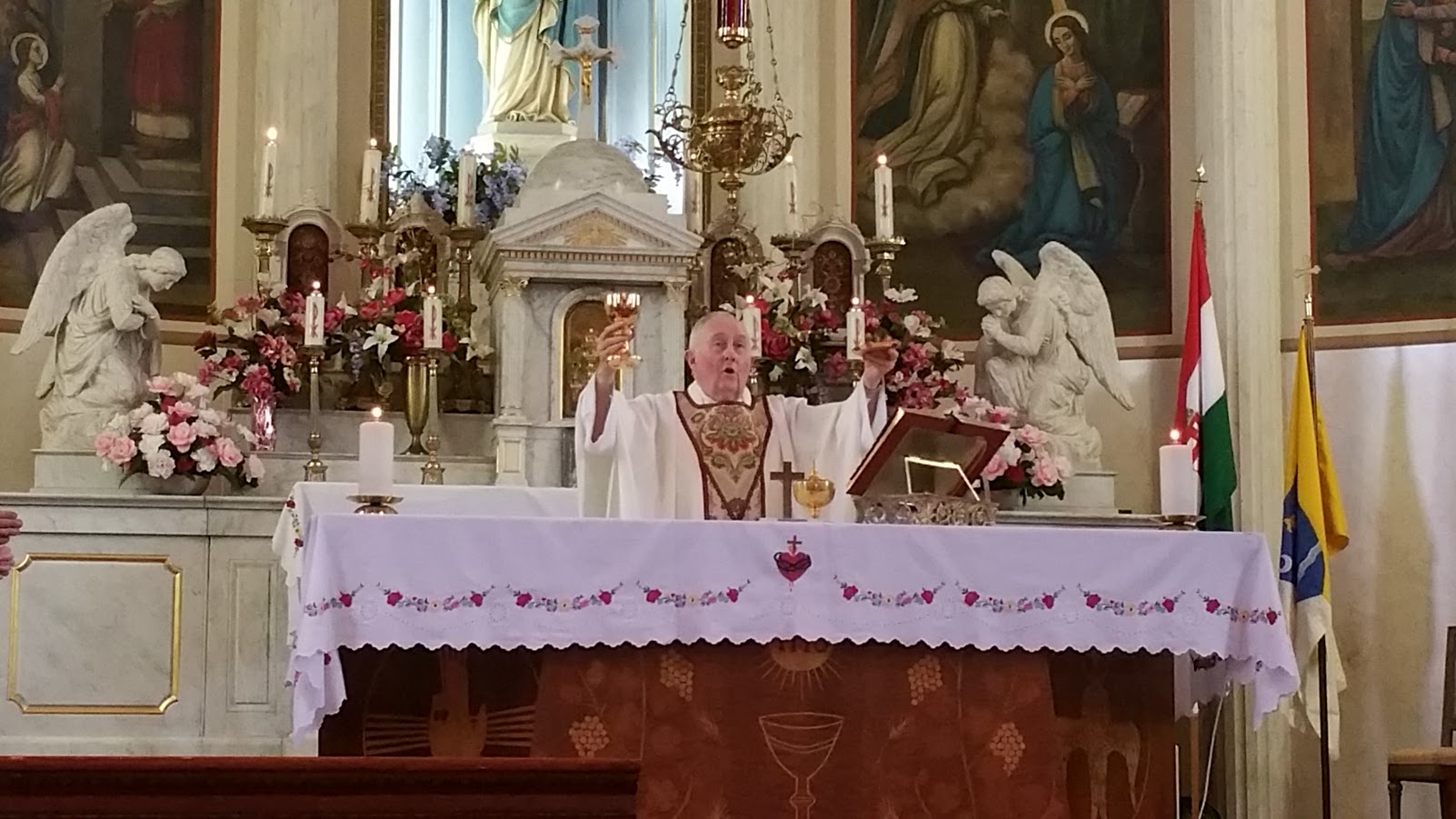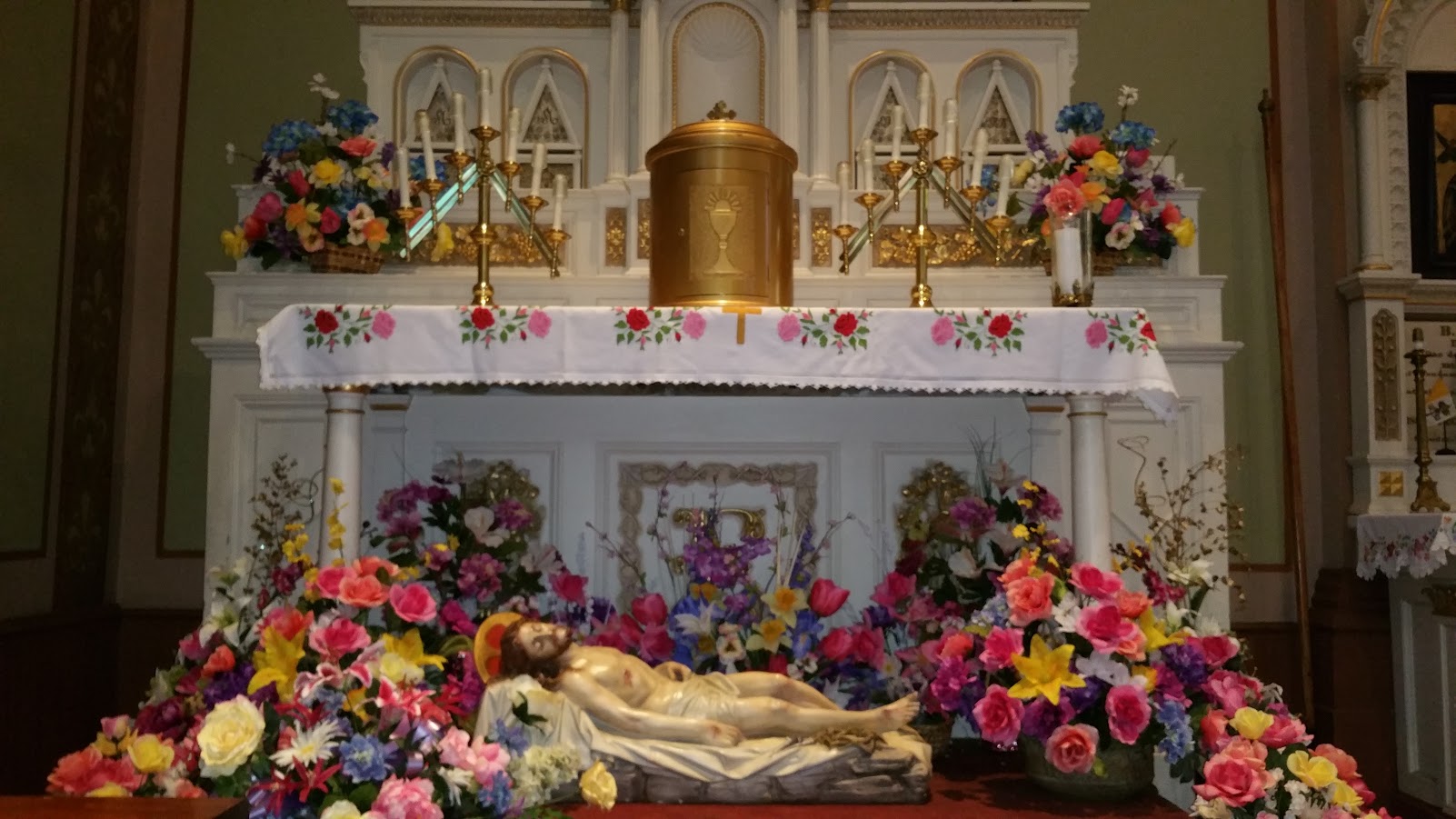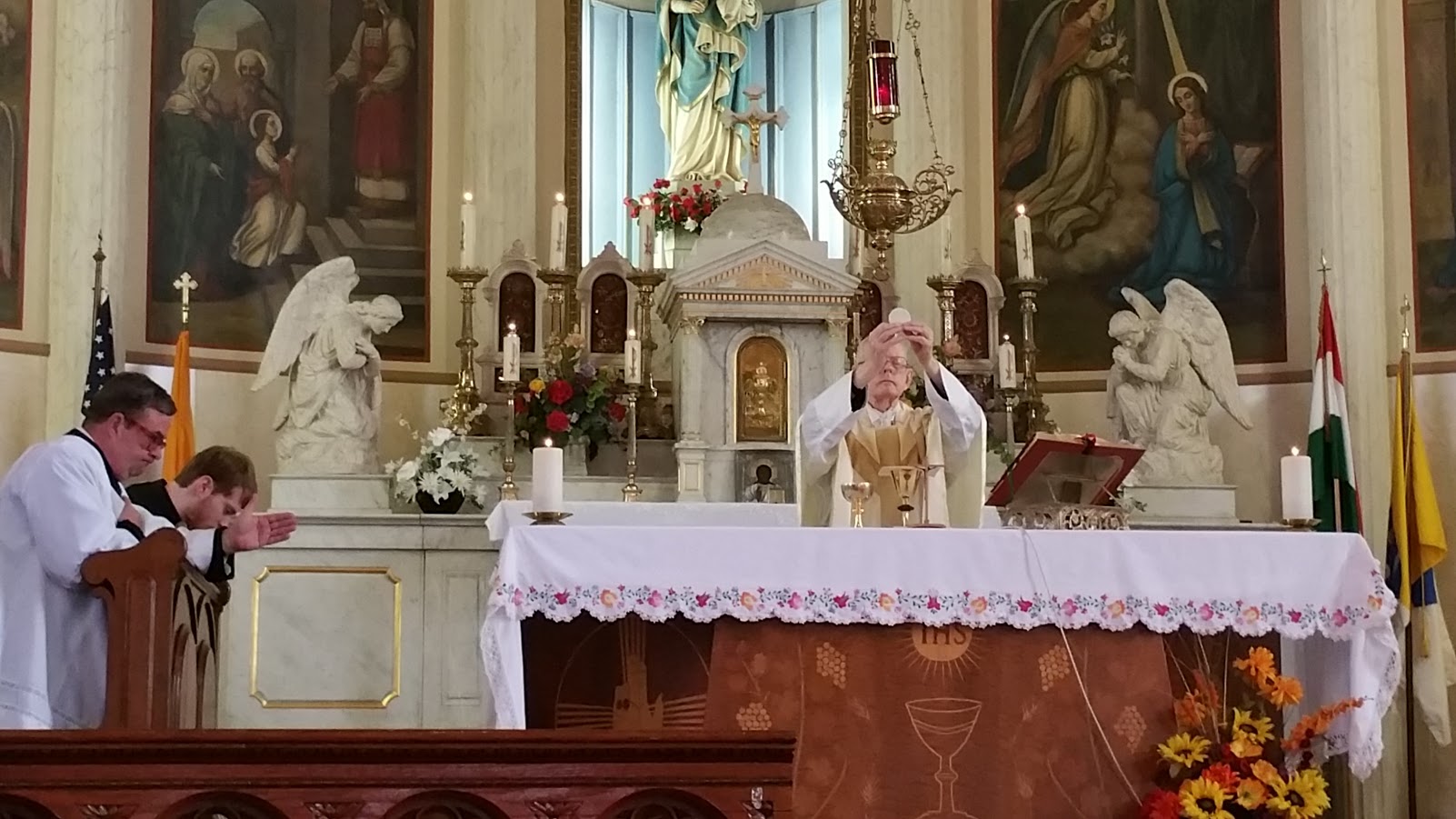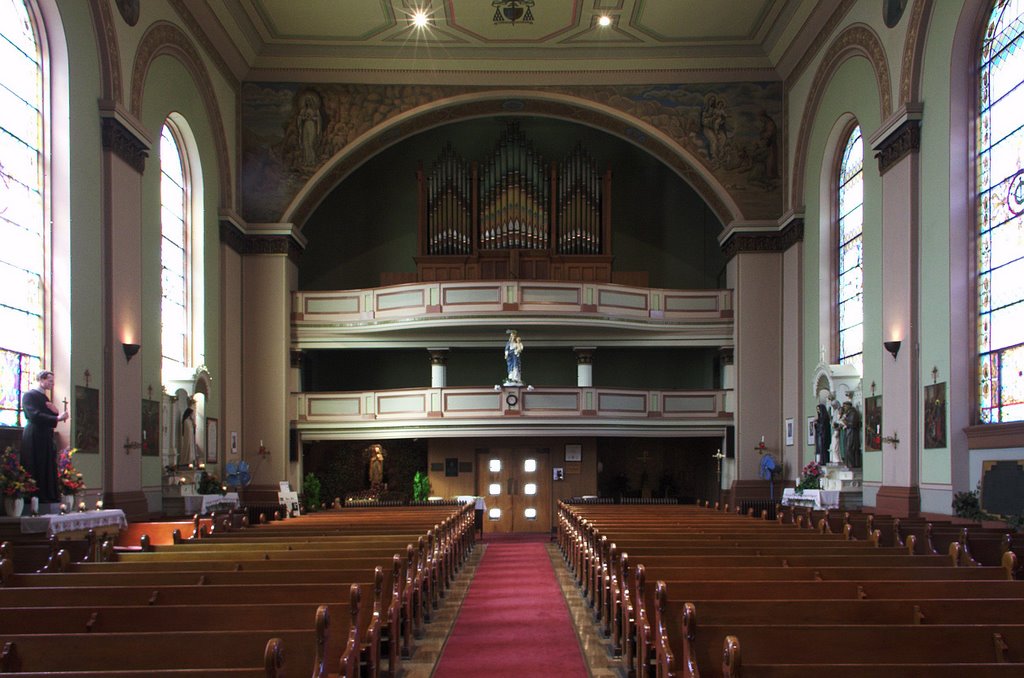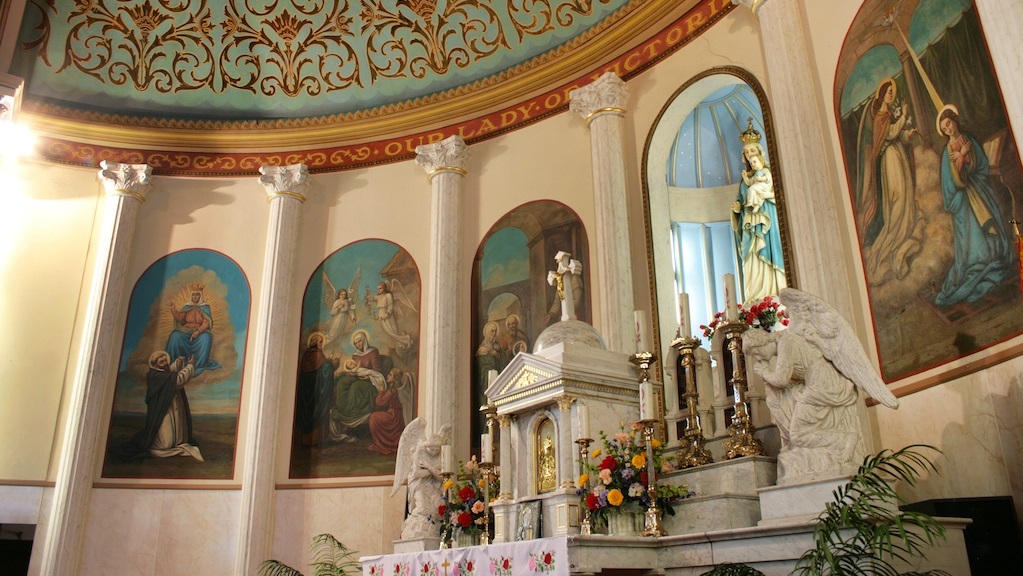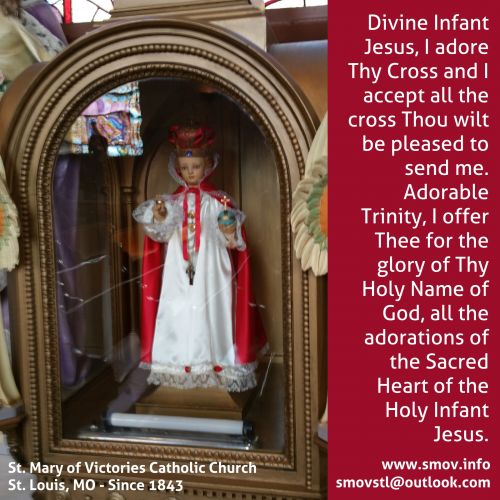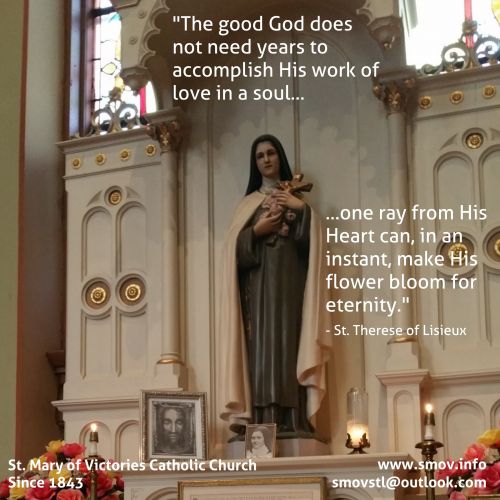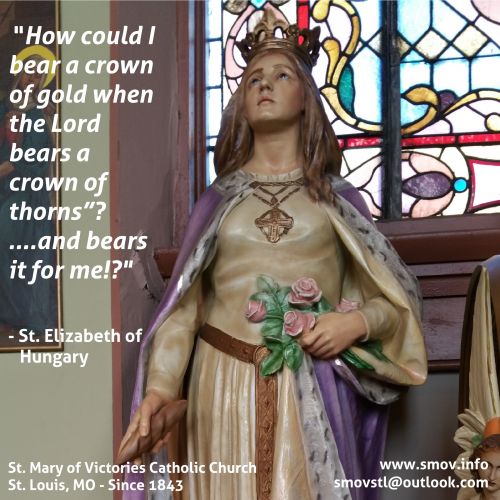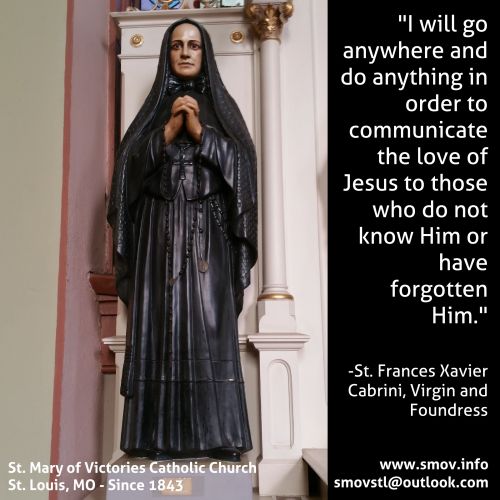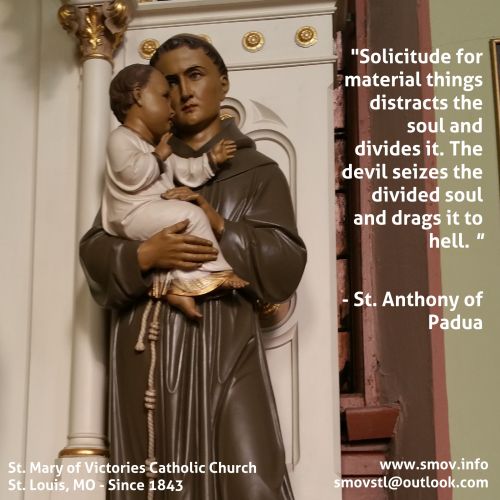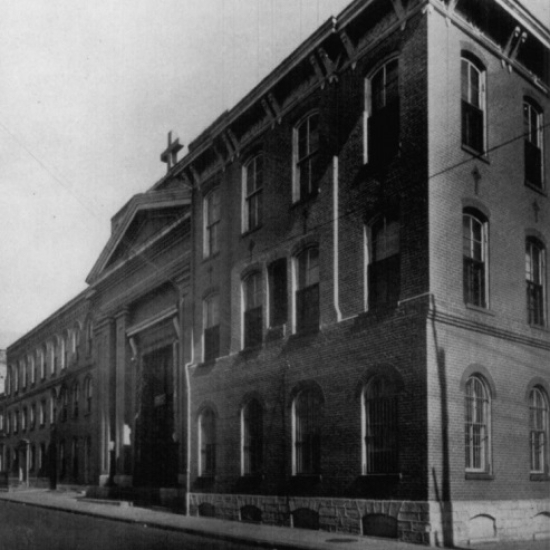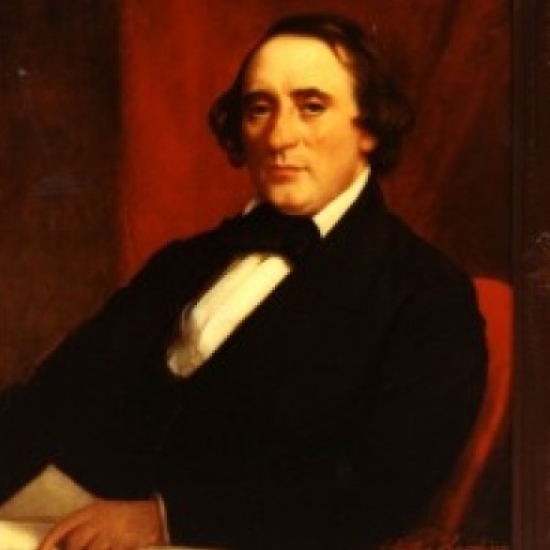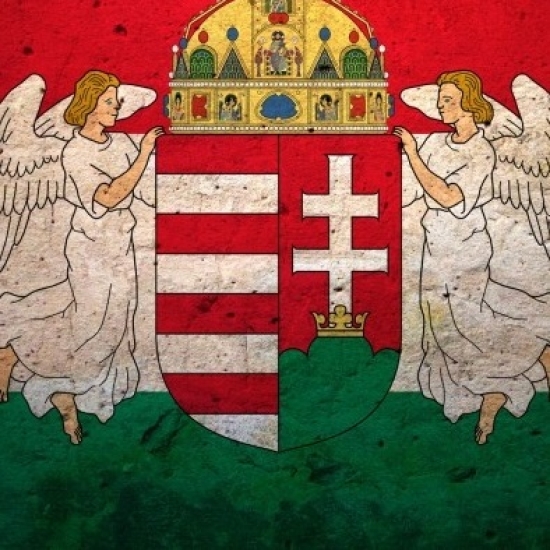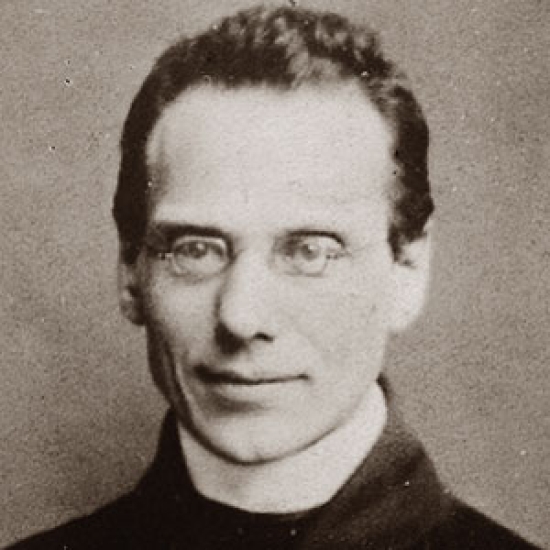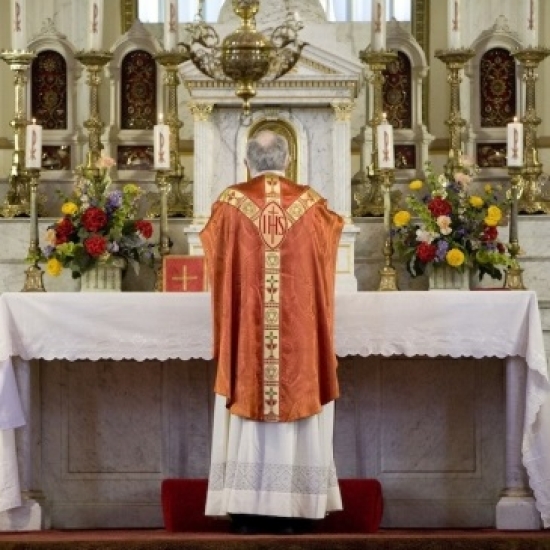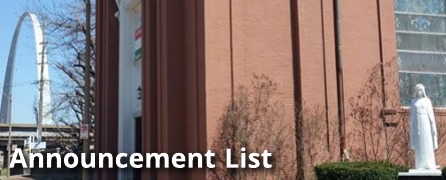9 December 2012, 2nd Sunday of Advent (Year C)
Introit: Populus Sion, begin on D (as sol)
Offertory: Creator alme siderum, PBC, p. 130.
Communion: Jerusalem surge, begin on F (as re)
Recessional: On Jordan’s bank, V2H, p. 229
Ordinary from Mass XVII, PBC, p. 71. (If singing from Gregorian Missal, use Kyrie C.)
Credo I
The Introit antiphon has three phrases:
1. Populus Sion, ecce Dominus veniet ad salvandas gentes:
2. et auditam faciet Dominus gloriam vocis suae,
3. in laetitia cordis vestri.
These three phrases all begin with the same, or at least a similar, motif: Populus and et auditam (g c c d) and in laetitia (g g a c c d). Still more evident is the agreement of the closing motives: gentes and vestri (g a g g), and suae a fifth higher, (d e d d). The real dominant of the first and third phrases is c; that of the second, d.Like Populus, Dominus stresses c. Before this, however, the fifth over ecce fixes the attention. And then it is as if the Lord Himself solemnly came into view. He had sent the prophets; now He Himself appears. He comes not to judge but to redeem all the nations. In the Sequence-like melody over ad salvandas gentes it is best to treat the torculus as points of support, and to keep the rhythm as smooth as possible so that the word-accents are clearly brought to the fore.
The second phrase begins with the same motif as the first, but its span is greater. After the accented c and the following d it does not sink back to c, but establishes itself on d. However insignificant this small note may appear, it wields great power, urging up to the high f. After the ascent over faciet comes a brief relaxation. But then follows a mighty cry (obviously the text has influenced the melody)—gloriam vocis suae.
The third phrase soars upward from g to e, with full, round tones. Then with an interval of a fourth it descends to the tonic and to the final cadence.
The Communion antiphon has two phrases.
1. Jerusalem surge, et sta in excelso:
2. et vide jucunditatem, quae veniet tibi a Deo tuo
Commentators are fond of this antiphon, and have several different takes on it. I have long opted for the positive outlook rather than the negative. The surge of this Communion may not be as dramatic as the Surge et illuminare that we will soon hear at Epiphany, but the major third makes it a quick and penetrating cry. Solemnly it continues—in accordance with the best manuscripts, which give almost each note the broad form—'stand on high'! Rise above our environment; from our sharing in the sacred mysteries, judge wisely what is earthly, as the Postcommunion prays; see the real happiness that is coming from God.
We will want to keep the first phrase together, but sing surge et sta in excelso very deliberately, with an emphasis on each note, as the manuscripts indicate. The second phrase is sung a bit more quickly, as the voices feel the excitement of seeing God's special joy coming towards us. In the second part, after the comma pause after jucunditatem, you'll find the intervals over (ti)-bi a De-(o) much easier to sing if you remember to ignore the dot at that low la and keep the pace moving along smoothly until the natural slowing at the end of the phrase.
